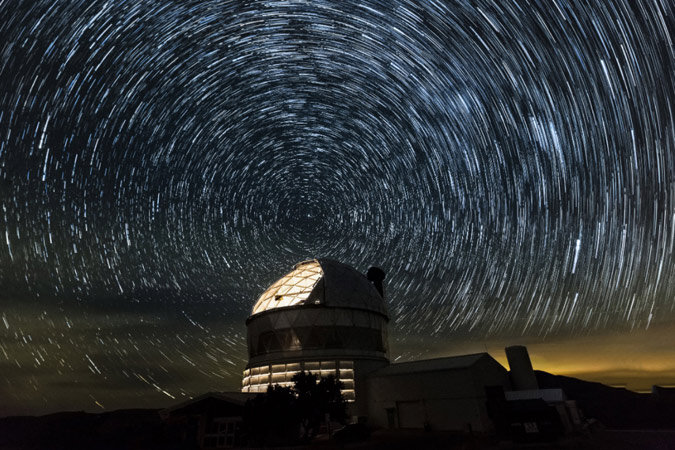
NEWS & INFORMATION

Let’s Get This Right
Texas continues to grow and prosper for many reasons and, as Texans, we should be forever thankful. We tend to possess an old-fashioned work ethic that marries friendilness, diligence, and a unique adaptibility. We have a favorable tax structure and a prudent, although sometimes lenient, regulatory environment; a pleasantly warm climate most of the year; and vast, magnificent topography and ecoregions, from the East Texas Pineywoods, Gulf Coast waters, and farmlands of the Rio Grande Valley to the windswept high plains of the Texas Panhandle and rugged moutains and biodiverse deserts of West Texas.

Community Engagement Critical to Sustaining Energy Development in West Texas
The Trans Pecos region of West Texas is a state treasure. It is in the Chihuahuan Desert, the most biologically diverse desert ecosystem in the Western Hemisphere, home to hundreds of species of birds, mammals, reptiles, amphibians, and plants. Its vast, dramatic landscapes define Texas for Texas residents and visitors alike: the majestic mountains of the state’s two national parks, the immense, dark skies over the open plains, and the miles and miles of unfenced, undeveloped wild spaces.

Texas’ Energy Boom and the Looming Water Challenge
Notwithstanding soft oil and gas prices, the Texas energy industry is booming. Nowhere is this more evident than in the West Texas Permian Basin. This dramatic growth has not only meant more oil wells but also an expansion of drilling closer to the ecologically sensitive Trans Pecos/Davis Mountains region.

The Landowner Knows Best: Conserving the Greater Big Bend Region
Land. It’s what drew settlers to Texas—the promise of unlimited wide open spaces. Those vast untamed expanses gave birth to the rugged individualism that later wrestled Texas away from Mexico and helped create an independent country. As nationhood gave way to United States statehood and on into the 21st century, land continues to define both Texas and Texans today.

Native Plant Restoration: A Bridge to a Sustainable Future in the Trans-Pecos?
Restoration of native plants and habitat in tandem with energy sprawl could be a bridge to a better future for residents, communities, and the general landscape of the greater Big Bend region of the Trans-Pecos area of West Texas.

Modernized Oilfield Lighting Protects Night Skies, Benefits the Industry
Since 1932, McDonald Observatory has enjoyed nighttime skies as dark as any major astronomical observatory in the world. Its remote location, in the heart of the Davis Mountains of West Texas, seemed to ensure this for decades to come. With the boom in oil and gas related activities in and around the Permian Basin, and now in the greater Big Bend region, the past ten years has seen a gradual brightening, low, along the Observatory’s northern horizon.

Private Property Rights Matter For Collective Conservation
The iconography of Texas centers in fierce independence and rugged individualism. The Battle of the Alamo, early Texas Ranger companies patrolling the frontier, and cowboys wrangling vast cattle herds all come to mind.
Texas has a unique history in which many are familiar although don’t necessarily link with a number of today’s most important conservation issues.

Actionable Solutions for a New West Texas
The Nature Conservancy states that the largest loss of open space is now caused by energy sprawl—the amount of land resources developed for the production of energy from both fossil and renewable resources and all of the associated infrastructure. Nowhere is this phenomenon more apparent than the Big Bend or Trans-Pecos region of West Texas.

